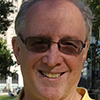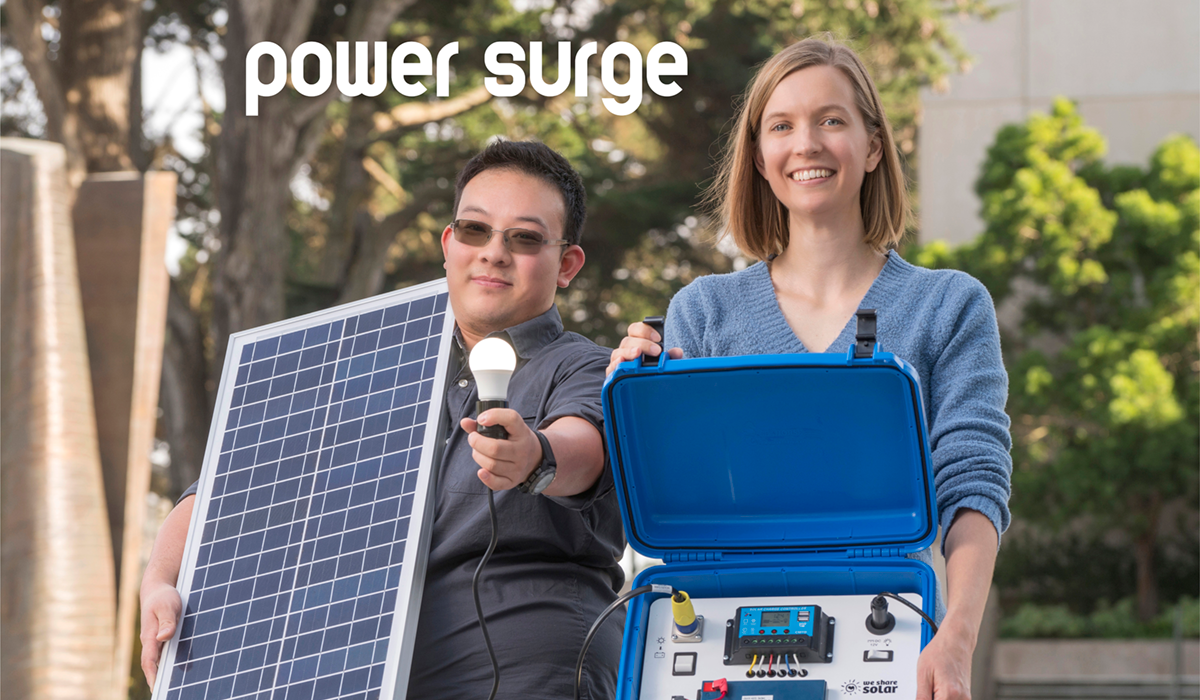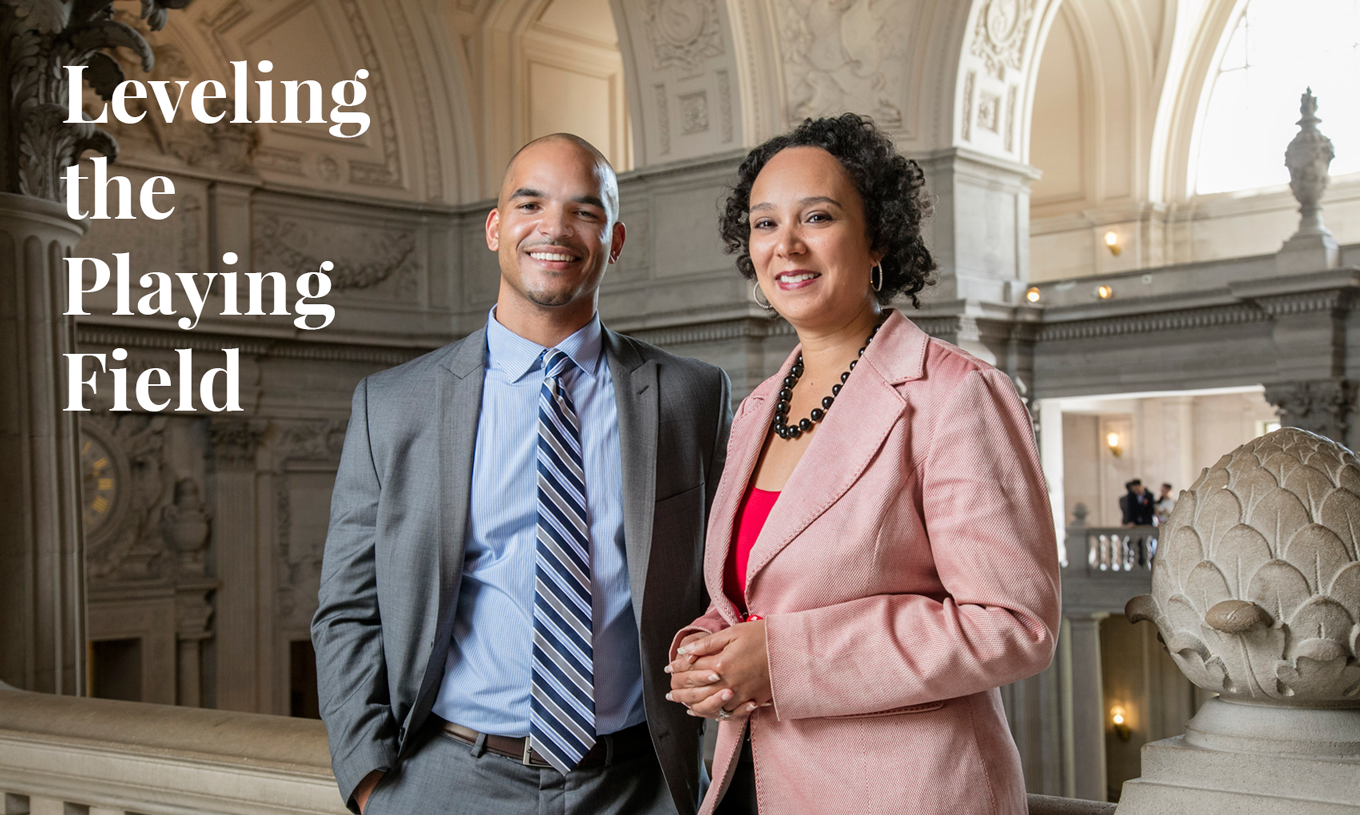PACE students awarded Merritt Community Capital Scholarships to support studies in affordable housing
Since 2009, the Merritt Community Capital Corporation has been a generous funder of student scholarships in the School of Public Affairs & Civic Engagement totaling $23,434 annually — two to three students majoring in Urban Studies & Planning and one to two pursing a master’s degree in Public Administration. The objective of the Merritt Community Capital Scholarship Fund is to promote and encourage the development of student career interest in the fields of affordable housing development and management. These scholarships help students cover their educational expenses while pursuing their degrees at SF State and enable them to explore affordable housing career opportunities.
2021-2022 Awardees

Kathy Angeles (Urban Studies & Planning) aspires to support and work closely with communities and impacted populations that have faced challenges with affordable housing and the injustices that come with environmental impacts within these communities. After graduation, she plans to pursue a career as a planner to improve the quality of life and reduce inequality in urban areas. She believes that it is essential for the community to have representatives who not only hear what they are saying, but also understand what is going on, and she feels that her close ties to her community have helped her gain knowledge about how to address these concerns.
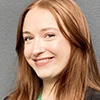
Taylor Davidson (Public Administration) has been working in the Community Development Financial Institution (CDFI) industry since completing her undergraduate degree. With an emphasis on affordable housing and criminal justice public policy, she hopes to use her master's degree to lessen our nation’s economic and racial disparity gaps. In her professional experience, Davidson recognizes the role that public policy and affordable housing play in undoing these disparities. By obtaining an MPA, she strives to play a crucial role in shaping these policies and increasing access to quality affordable housing. Davidson spends her free time enjoying friends and family, collecting vinyl records, traveling and spoiling her dog, Blue.
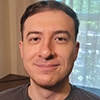
Temur Umarov (Public Administration) currently works for the Applied Housing Research Initiative at SF State. His previous housing policy related work experience includes internships and volunteering for Tenants Together, the Sustainable Economies Law Center and Public Advocates. Professionally, he hopes to work for the government (state or local) or a nonprofit on affordable housing policy. Ultimately, he wants to work to implement policy that promotes equity in the housing system because he believes affordable housing should be a human right.

